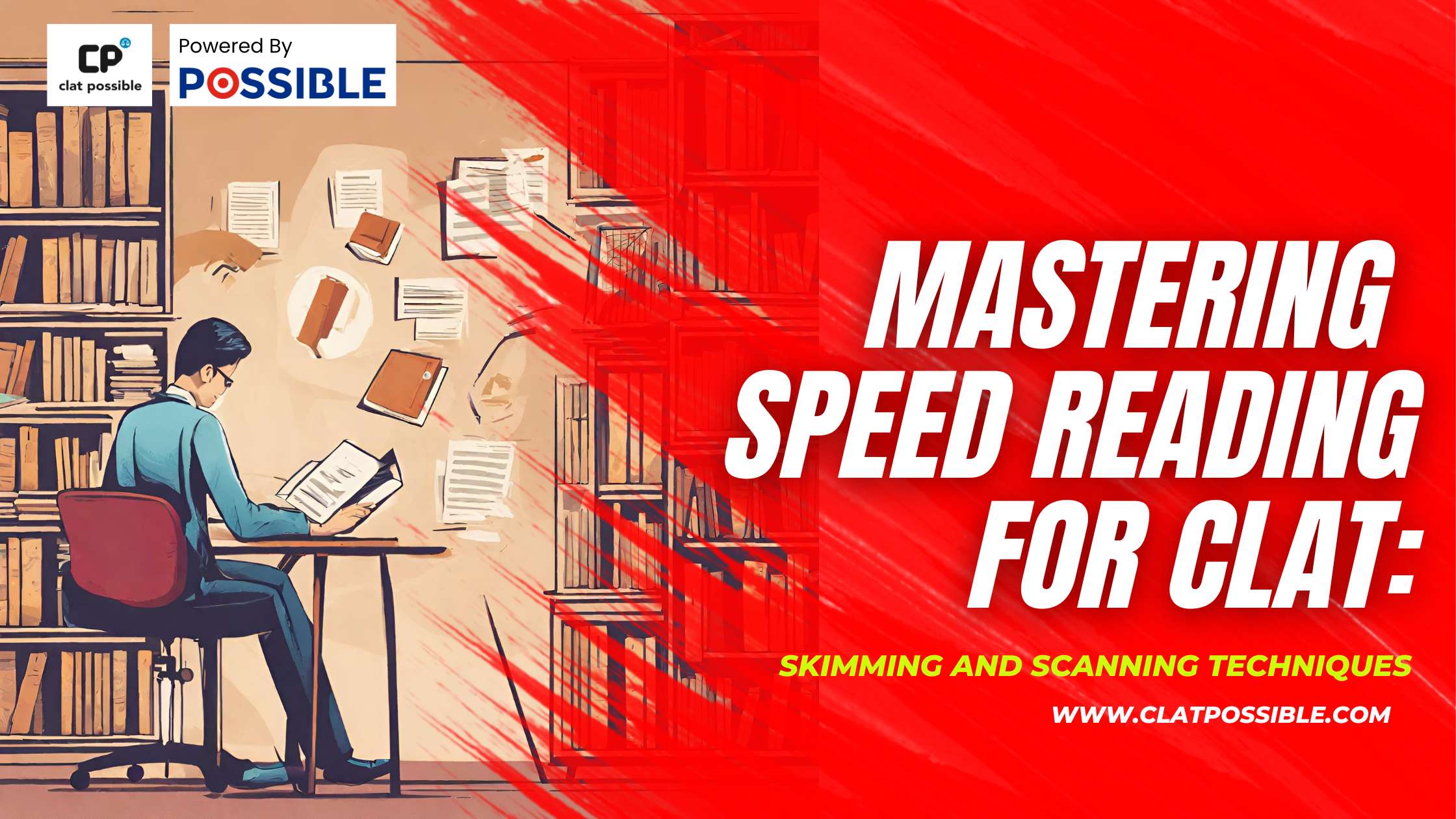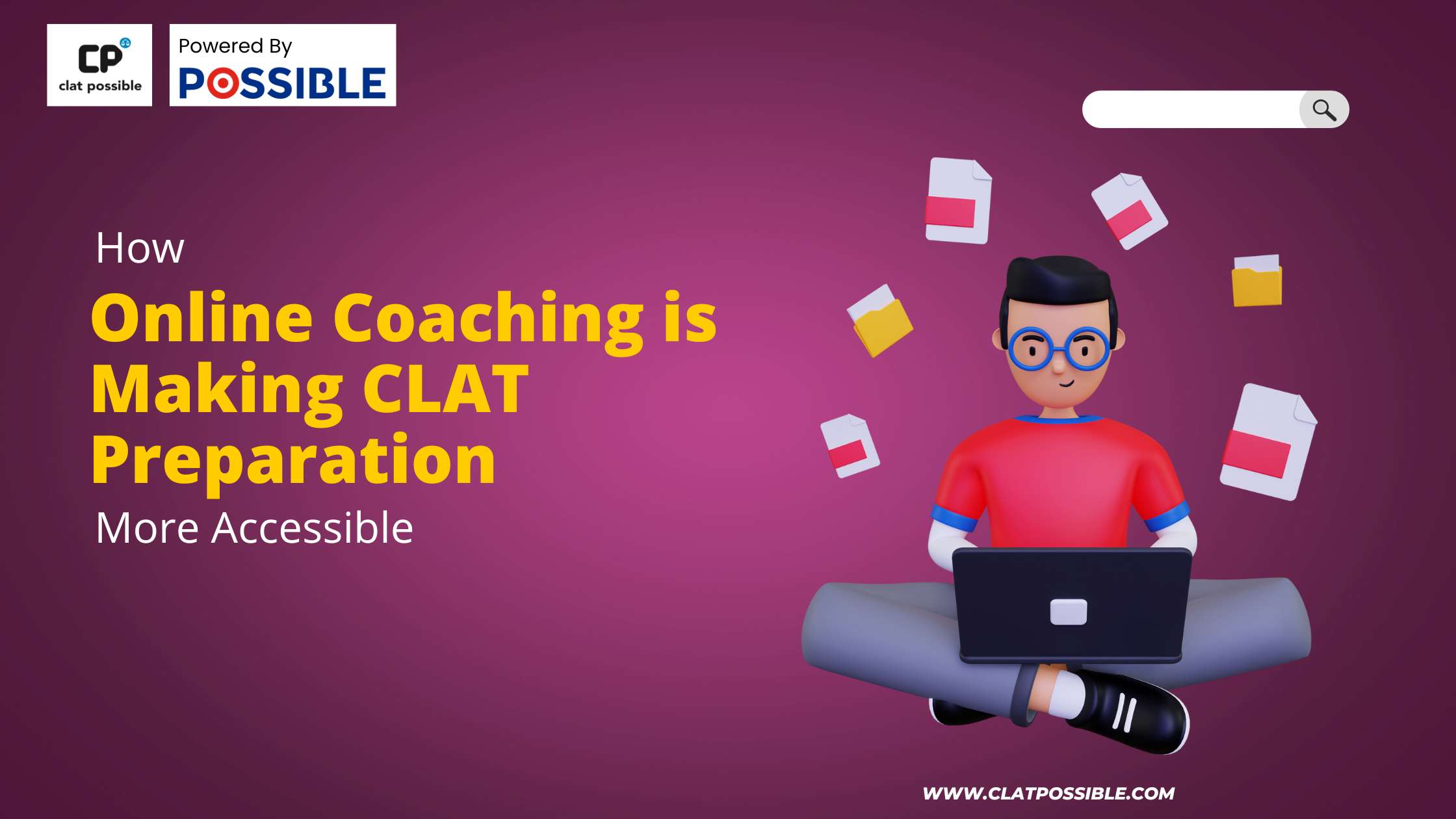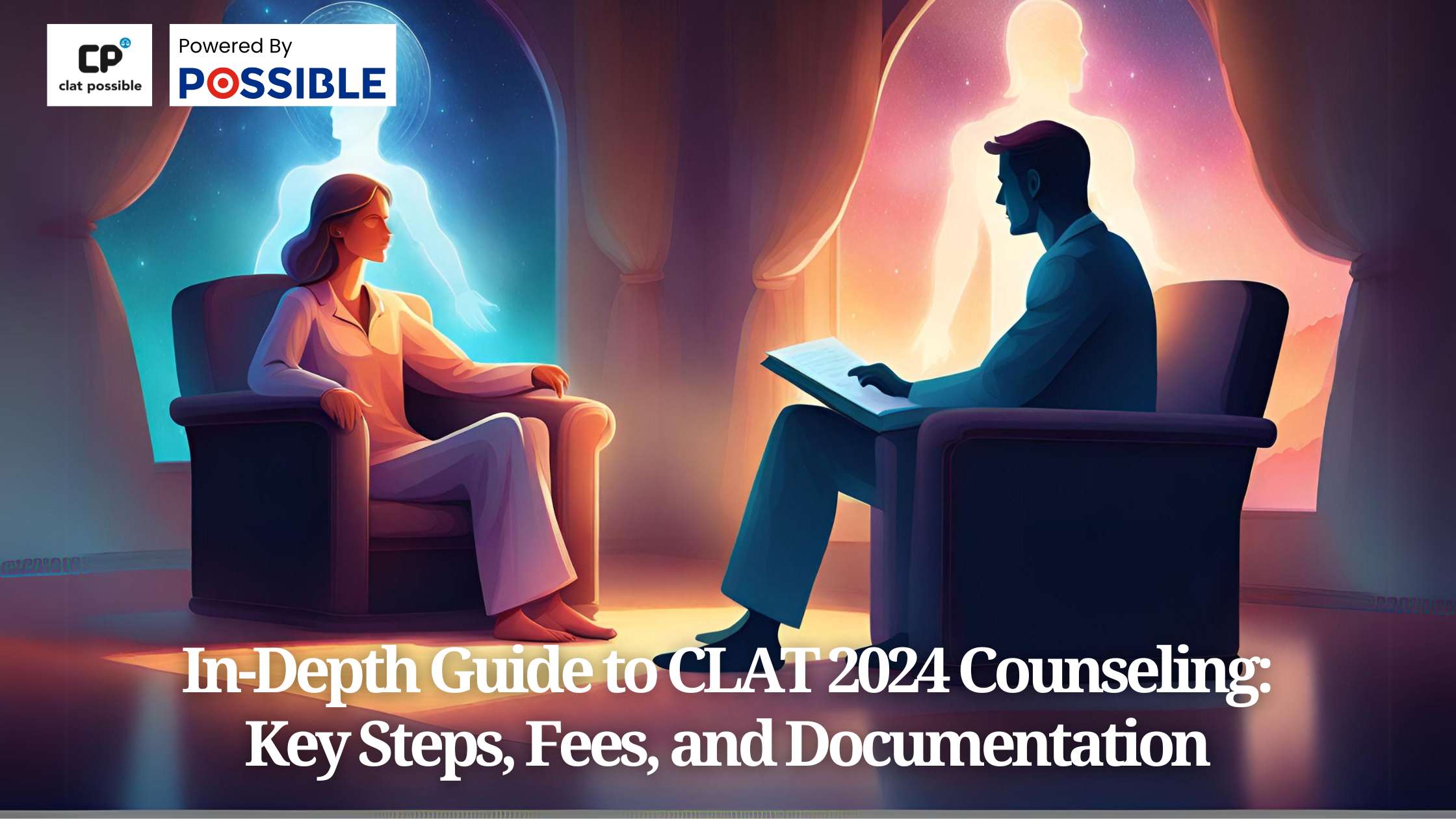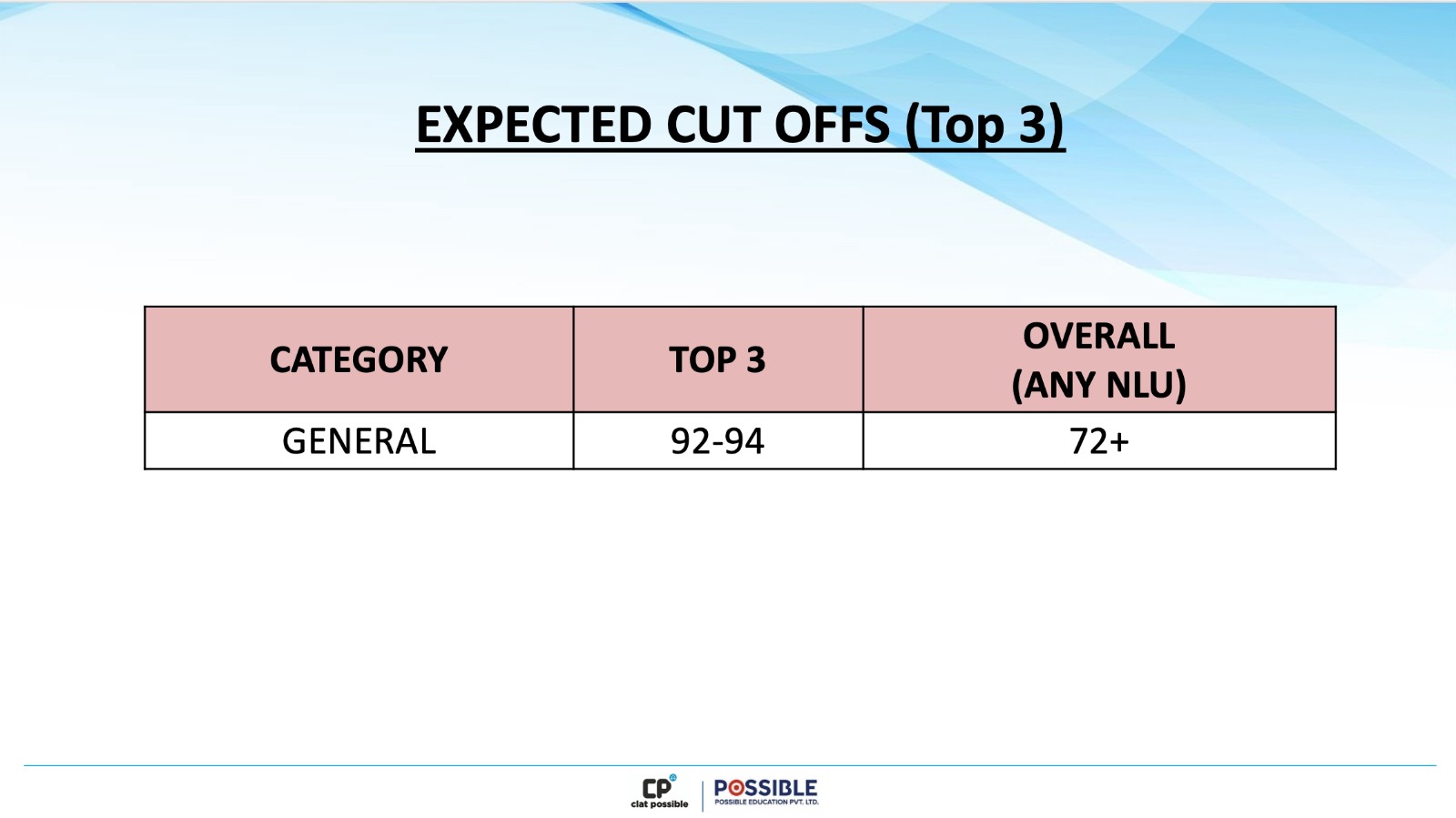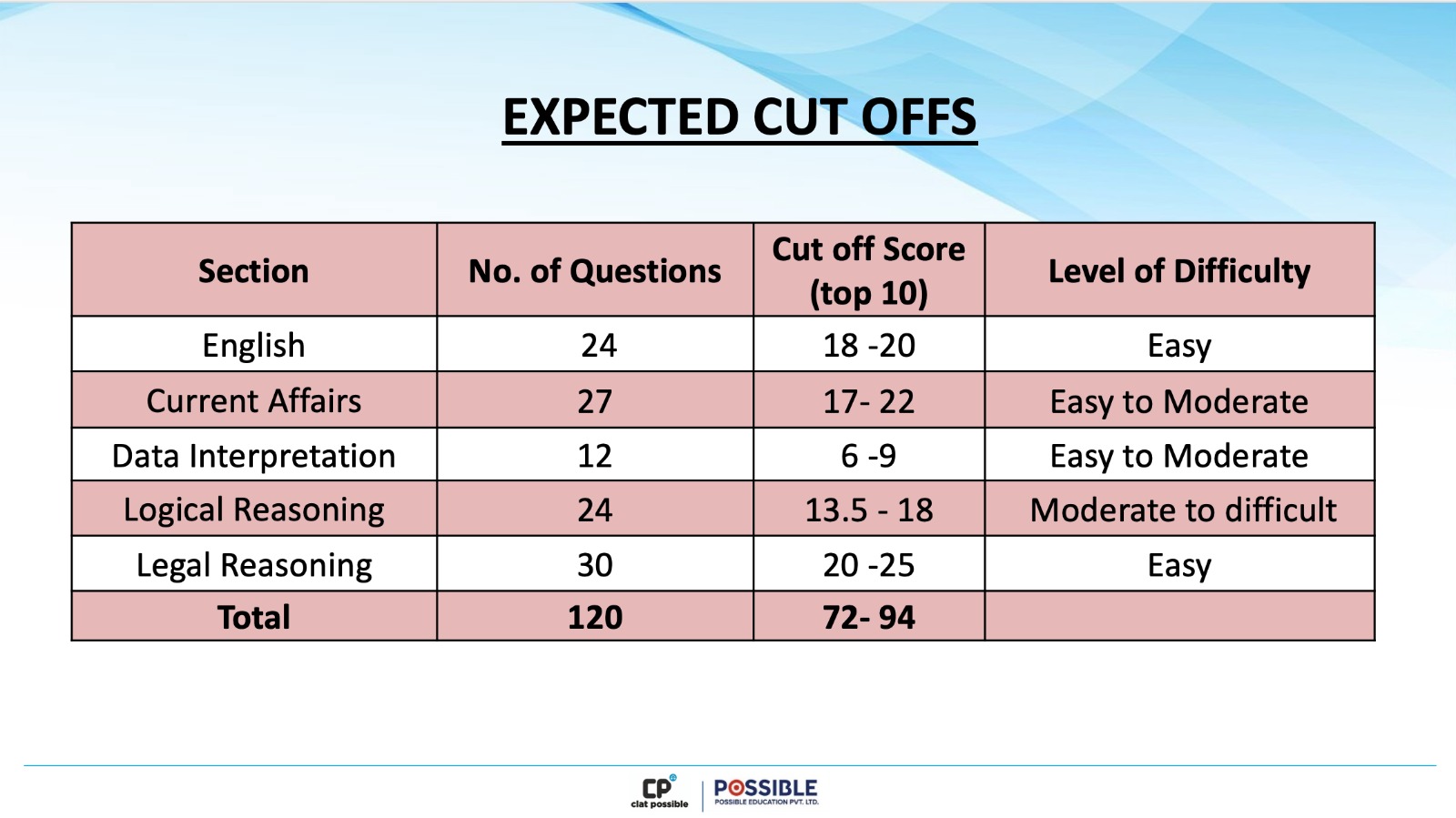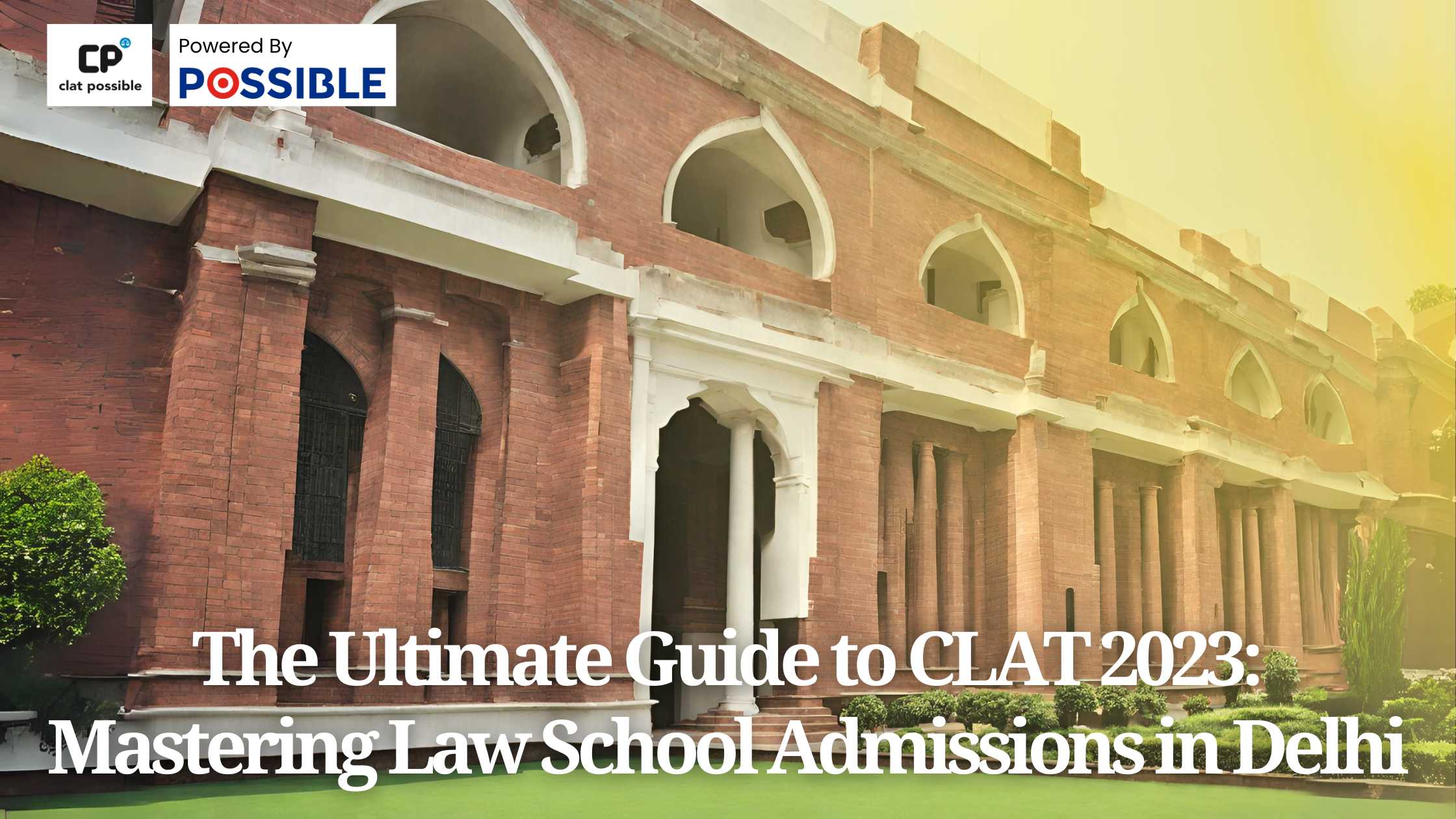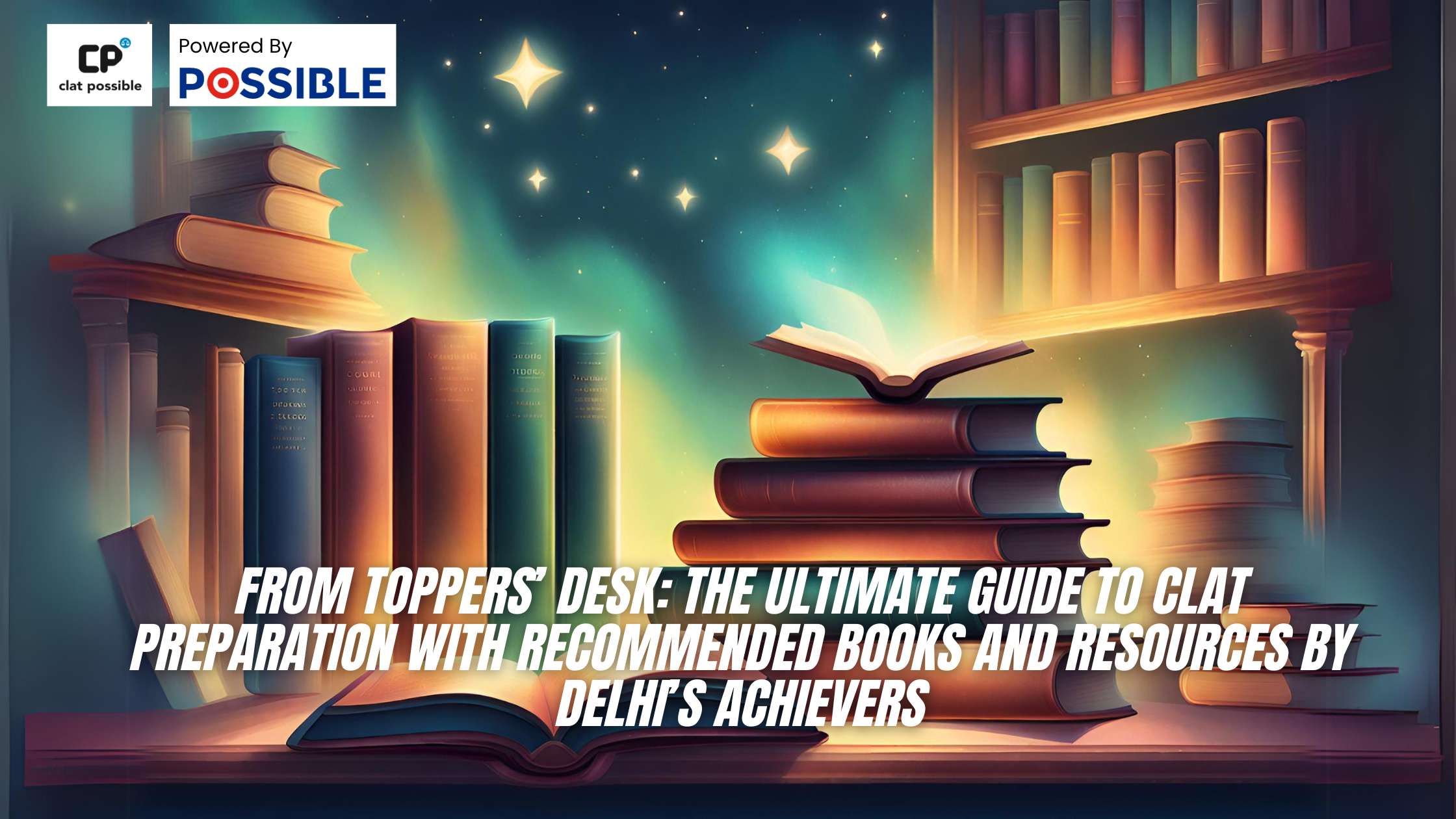
Preparing for the Common Law Admission Test (CLAT) is a journey that demands not only hard work but also strategic planning. In the bustling education hub of Delhi, where competition peaks, CLAT aspirants often seek guidance from those who have excelled in the exam. This comprehensive guide, inspired by Delhi’s CLAT achievers, provides an in-depth look at the essential books and resources across various sections of the CLAT exam.
Unraveling the CLAT English Section: Key Books and Topics
The English section of CLAT is designed to assess an aspirant’s grasp of the language, encompassing areas like reading comprehension, vocabulary, and grammar. Excelling in this section requires a deep understanding and command of English. Here are the top picks:
High School English Grammar and Composition by Wren & Martin
Regarded as the bible for English grammar, this book is an exhaustive guide that covers the fundamentals of grammar and composition, making it a must-have for CLAT aspirants.
Barron’s Pocket Guide to Vocabulary
This compact guide is a treasure trove for vocabulary enhancement, offering a wide range of words, meanings, and usage that are crucial for the CLAT English section.
Essential English for Competitive Exams by Mrinalini Anand Arora
Specially tailored for competitive exams, this book provides a comprehensive overview of English language essentials, targeting key areas for the CLAT exam.
Mastering General Knowledge: Recommended Books
The General Knowledge section in CLAT can be a game-changer. Staying updated with current affairs and having a robust foundation in static GK is imperative. Recommended resources include:
Manorama Year Book
This annual publication is a rich resource of current affairs, events, and general knowledge, covering a vast array of topics relevant to the CLAT exam.
Lucent’s General Knowledge
A staple for CLAT aspirants, this book is renowned for its concise presentation of facts and figures, making it an excellent tool for quick revision of static GK.
Current Affairs Yearly
This resource is essential for keeping abreast of the latest developments and happenings around the world, a crucial aspect of the GK section.
Navigating Through Quantitative Aptitude: Top Books
Quantitative Aptitude in CLAT examines mathematical skills and problem-solving abilities. To conquer this section, consider the following books:
Quantitative Aptitude By RS Aggarwal
A comprehensive book that covers a wide spectrum of mathematical concepts, offering clear explanations and a plethora of practice questions.
30 Days Wonder for Maths by KJS Khurana
Ideal for a quick, focused revision, this book is perfect for brushing up on mathematical concepts and problem-solving techniques.
Fast Track Objective Arithmetic by Arihant Publications
Known for its systematic approach, this book provides a clear understanding of arithmetic concepts, supported by solved examples and practice exercises.
Deciphering Logical Reasoning: Essential Reads
Logical reasoning is a critical segment in CLAT, evaluating an aspirant’s reasoning and analytical capabilities. Key books in this area include:
Verbal Reasoning by RS Agarwal
An extensive guide that delves into the nuances of verbal reasoning, offering a range of practice questions and solutions.
Analytical Reasoning by MK Pandey
Focused on analytical aspects, this book is instrumental in developing a strategic approach to tackle reasoning questions in CLAT.
A Modern Approach to Logical Reasoning
This book encompasses a variety of logical reasoning questions, presented in an easy-to-understand format, making it a valuable resource for CLAT preparation.
Legal Reasoning: Books to Build a Strong Foundation
Legal reasoning is a distinctive section in the CLAT exam, designed to test an aspirant’s legal aptitude. The following books are highly recommended:
Lexis Nexis Butterworths
An authoritative resource offering a comprehensive understanding of legal principles and practices, crucial for the legal reasoning section.
Bare Acts of Indian Constitution
A must-read for anyone preparing for CLAT, this book provides a thorough understanding of the Indian Constitution, a key area in legal reasoning.
Legal Awareness and Legal Reasoning by Pearson
This book is specifically designed for competitive exams like CLAT, providing aspirants with a solid foundation in legal awareness and reasoning.
Frequently Asked Questions (FAQs)
Q1: How much time should I allocate to each section for CLAT preparation?
A: The time allocation should be based on your strengths and weaknesses. However, it’s essential to ensure a balanced approach, dedicating adequate time to each section.
Q2: Are online resources sufficient for CLAT preparation?
A: While online resources are beneficial, combining them with the recommended books can provide a more comprehensive preparation.
Q3: How important is practicing previous years’ papers for CLAT?
A: Practicing previous years’ papers is crucial as it helps in understanding the exam pattern, types of questions, and time management.
Q4: Can I prepare for CLAT without coaching?
A: Yes, self-study can be effective if done systematically and with the right resources, such as the books mentioned above.
Q5: How can I improve my speed for the CLAT exam?
A: Regular practice, time-bound tests, and familiarization with shortcuts and techniques can significantly improve your speed.
CLAT Possible DELHI, Explore Here!



